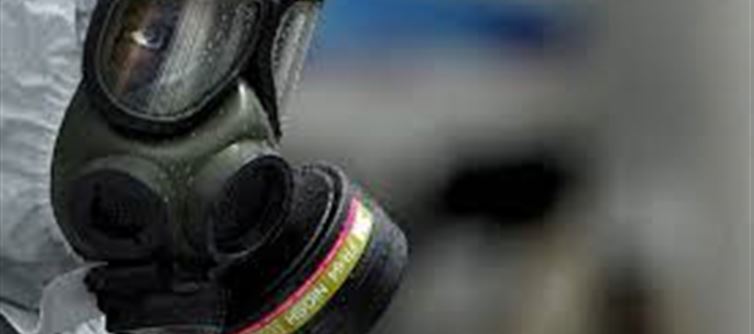Science has progressed so much that every type of weapon is being made and enemies are being destroyed. Biological weapons use disease-causing organisms or poisonous substances to harm humans or animals. These weapons can be deadly and highly infected. Once spread, it is very difficult to control and it can cause heavy damage to the general public even outside the
war zone. The Biological Weapons Convention (BWC) was established in 1972 to stop the spread of biological weapons. Let us know when biological weapons were used for the first time and which country has the most nuclear weapons.
When was biological weapon used for the first time?
Biological weapons were used for the first time in the world in the 14th century. At that time, the Tatar
army threw the bodies of plague victims over the city walls while besieging Kafa (present-day Crimea). This was an early example, although in modern times biological weapons were used by
germany during the First World War. But they were on a relatively small scale. During the First World
war,
germany conducted secret operations to use biological weapons such as anthrax and glanders. However, these attempts were on a relatively small scale and were not very successful.
Which countries have biological weapons?
An attempt was made to spread plague in St. Petersburg.
japan mixed the typhoid virus into the Soviet water supply pipes. This was the first
war when both sides used biological weapons. After the use of biological weapons in the World
war, most countries
wanted to ban it. For this, the Geneva Protocol was signed.
Which country is continuously increasing weapons?
India has never developed biological weapons of this type. The countries that developed them include 17 countries including
germany, America,
russia and China.
china has also been accused of spreading the corona virus. It is said that it has spread the Covid virus in the world. But till date this has not been confirmed. The Pentagon report said that
china is continuously working on its biological weapon.






















